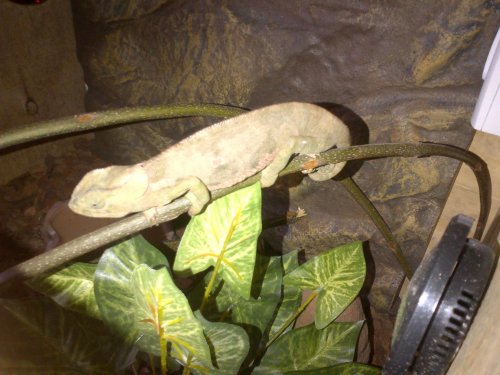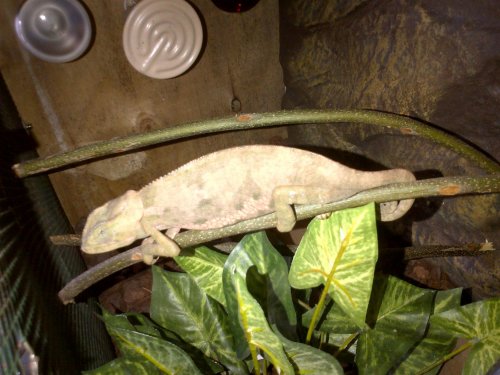Hi,
My husband went to Zimbabwe recently and found Juno there, he brought him home, and i decided to take care of him. The problem is i dont know what species he is, how much he should eat? And if his coloration is normal? I dont want to harm him or let him get sick as i feel he was wild and i am actually doing him an injustice if i dont look after him properly. ANY advice would be aprreciated!
My husband went to Zimbabwe recently and found Juno there, he brought him home, and i decided to take care of him. The problem is i dont know what species he is, how much he should eat? And if his coloration is normal? I dont want to harm him or let him get sick as i feel he was wild and i am actually doing him an injustice if i dont look after him properly. ANY advice would be aprreciated!



